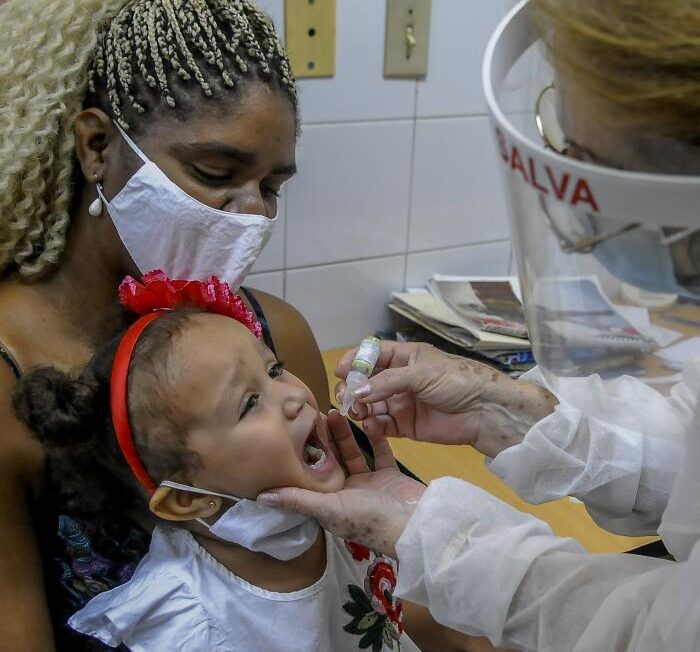 Guantánamo – Until the triumph of the Revolution in 1959, polio was an endemic disease in Cuba, leaving around 300 children paralyzed each year after getting the disease, and others often died.
Guantánamo – Until the triumph of the Revolution in 1959, polio was an endemic disease in Cuba, leaving around 300 children paralyzed each year after getting the disease, and others often died.
In 1962, the polio immunization campaign marked the beginning of a long way to transforming that sad event and thus reducing the morbidity and mortality from this disease that caused so much suffering for families.
Thus, the campaign that mobilized one hundred thousand members of the Committees for the Defense of the Revolution throughout the country, was launched. They carried out the population census, which registered all children under one month old to 14 years old.
Collaborators from countries such as the former Soviet Union, which provided Cuba with the necessary vaccines, and Czechoslovakia, which offered technical assistance from the virology laboratories of the Institute of Epidemiology and Microbiology in Prague, where the first serological studies were conducted, later to be carried out in Cuba with prestigious scientists, also participated.
In Guantanamo, like the rest of the country, the members of the CDR (Center for the Protection of the Rights of the Child) and of the Federation of Cuban Women, organizations offered their workspaces because family doctor’s offices, which were created years later, did not yet exist. However, since that time, the focus has been on prevention and ensuring that the largest of the Antilles achieves vaccination coverage of over 98 percent and a high level of immunity among its residents.
This result is expected once again at the conclusion of the recovery week of the 64th polio vaccination campaign on May 3, ensuring that not a single child remains without receiving the immunogen.
In this way, Guantanamo plans to vaccinate approximately 16,000 children under one month old to under three years old, a benefit that reaches even the most remote areas of the capital city.
It undoubtedly represents a lifeline amidst so many economic limitations and reaffirms once again the Cuban Public Health’s humanistic value.